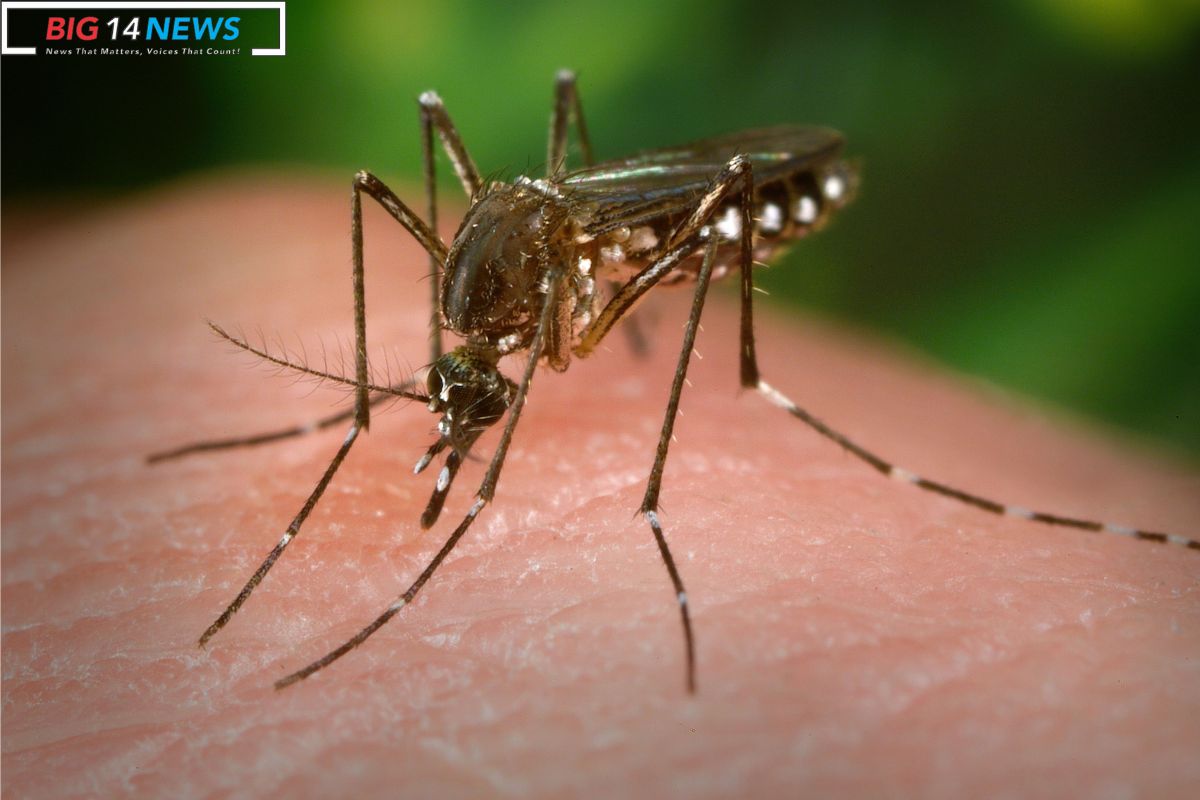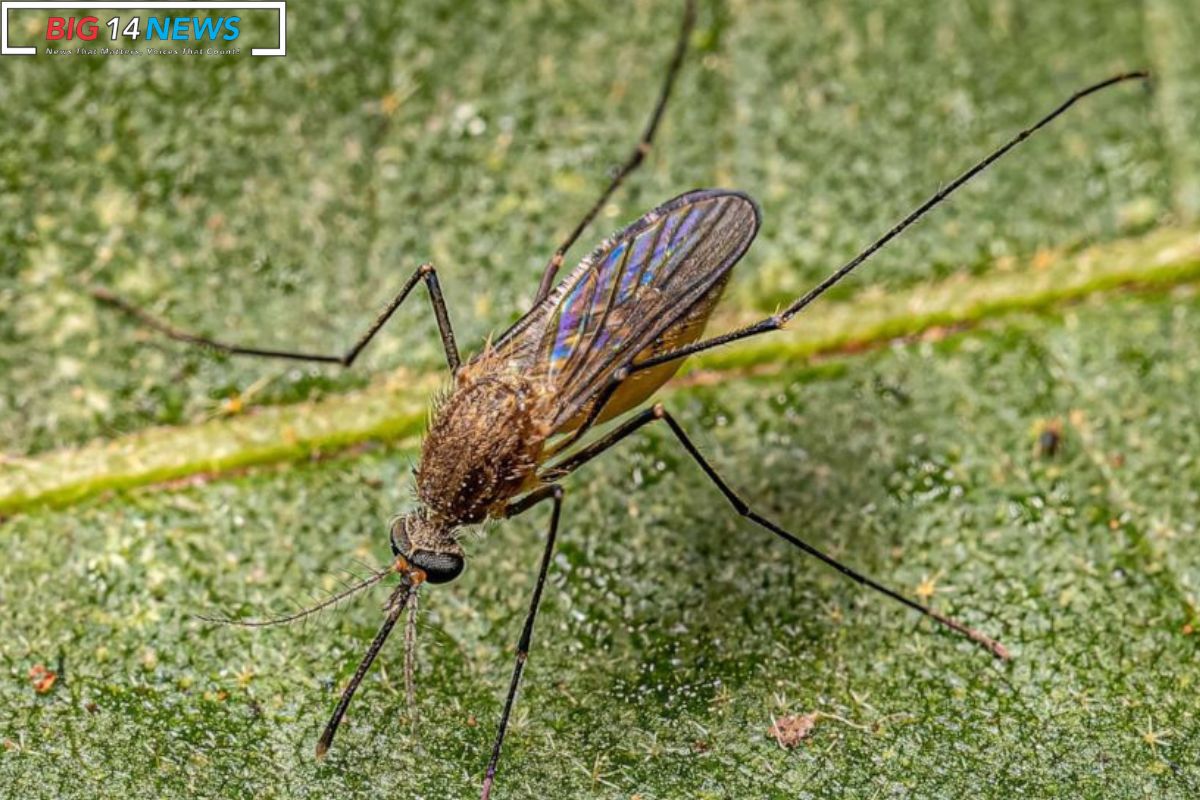Mosquito Borne Disease EEE: Alabama has confirmed two mosquito-borne Eastern Equine Encephalitis (EEE) cases, with one death. This rare event may be dangerous.
According to a city Facebook post, these uncommon cases of EEE were detected in Spanish Fort, Alabama, nine miles east of Mobile. However, the Alabama Department of Public Health (ADPH) has not revealed the sick people’s names, ages, or genders.
Dr. Wes Stubblefield, ADPH district medical officer, told ABC News that these are the state’s first EEE cases this year. Alabama reported eight instances from 2003 to 2022, which is rare.
Mosquitoes spread Eastern Equine Encephalitis (EEE), an uncommon yet dangerous disease. The CDC says you can’t get it via touching or breathing someone’s droplets.
Most persons with it have mild or no symptoms. However, severe instances start with fever, headache, chills, and vomiting and progress to encephalitis or meningitis, which inflames the brain and spinal cord membranes.
EEE has no vaccines or therapies, which is unfortunate. The CDC recommends rest, hydration, and over-the-counter medicines for symptoms.
According to data, 11 people contract EEE annually. After the sickness, many survivors have convulsions, paralysis, and memory loss. Unfortunately, 30% of illness victims die.
According to the CDC, one EEE case was reported in the US as of August 15. The patient was from Louisiana. Patient details and conditions are kept hidden.


READ MORE: Cold Induced Hunger: Neuroscientists Discover Brain Regions Responsible for Increased Appetite
On Monday, the ADPH advised residents to keep pests out of their homes in reaction to these events. This includes bug spray, loose cover-up garments, air conditioning, and window and door screens.
Spanish Fort, where the instances were identified, posted on Facebook that it sprays for mosquitoes weekly. The Baldwin County Health Department and the Alabama Department of Public Health have helped the city set up mosquito traps to understand the situation better.
Stubblefield underlined the importance of knowing EEE mosquito species, which feed at dawn and night, vs. Zika mosquito species, which feed during the day.
“Our goal is to keep people as safe as possible,” he said. “We want to warn health care providers, especially in the southern Gulf region, about this possible risk and the serious effects of this virus to prevent it from happening again.”
Our Reader’s Queries
What are the first signs of EEE?
The majority of people infected with EEE virus experience either no symptoms or only mild ones like fever. Severe cases of EEE can lead to encephalitis (brain swelling) or meningitis (swelling of the membranes around the brain and spinal cord) and typically start with a sudden fever, chills, headache, and vomiting.
Where is the EEE virus now?
Between the years 2012 and 2021, the majority of EEE cases occurred in Massachusetts, Michigan, Florida, Georgia, and North Carolina. EEEV is most frequently spread in and around freshwater hardwood swamps located in the Atlantic and Gulf Coast states, as well as the Great Lakes region.
How is EEE transmitted to humans?
EEEV, also known as the eastern equine encephalitis virus, is spread to humans through mosquito bites. EEE, a rare illness in humans, is only reported in a handful of cases in the United States annually. The majority of cases are found in the Northeastern Atlantic and Gulf Coast states.
Is EEE virus curable?
EEE has no cure, and 3 out of 10 people who contract the disease do not survive. Doctors can offer supportive care to lower the fever and alleviate the strain on the brain and spinal cord. Unfortunately, those who do survive may face permanent disabilities, and only half of them make a full recovery.

